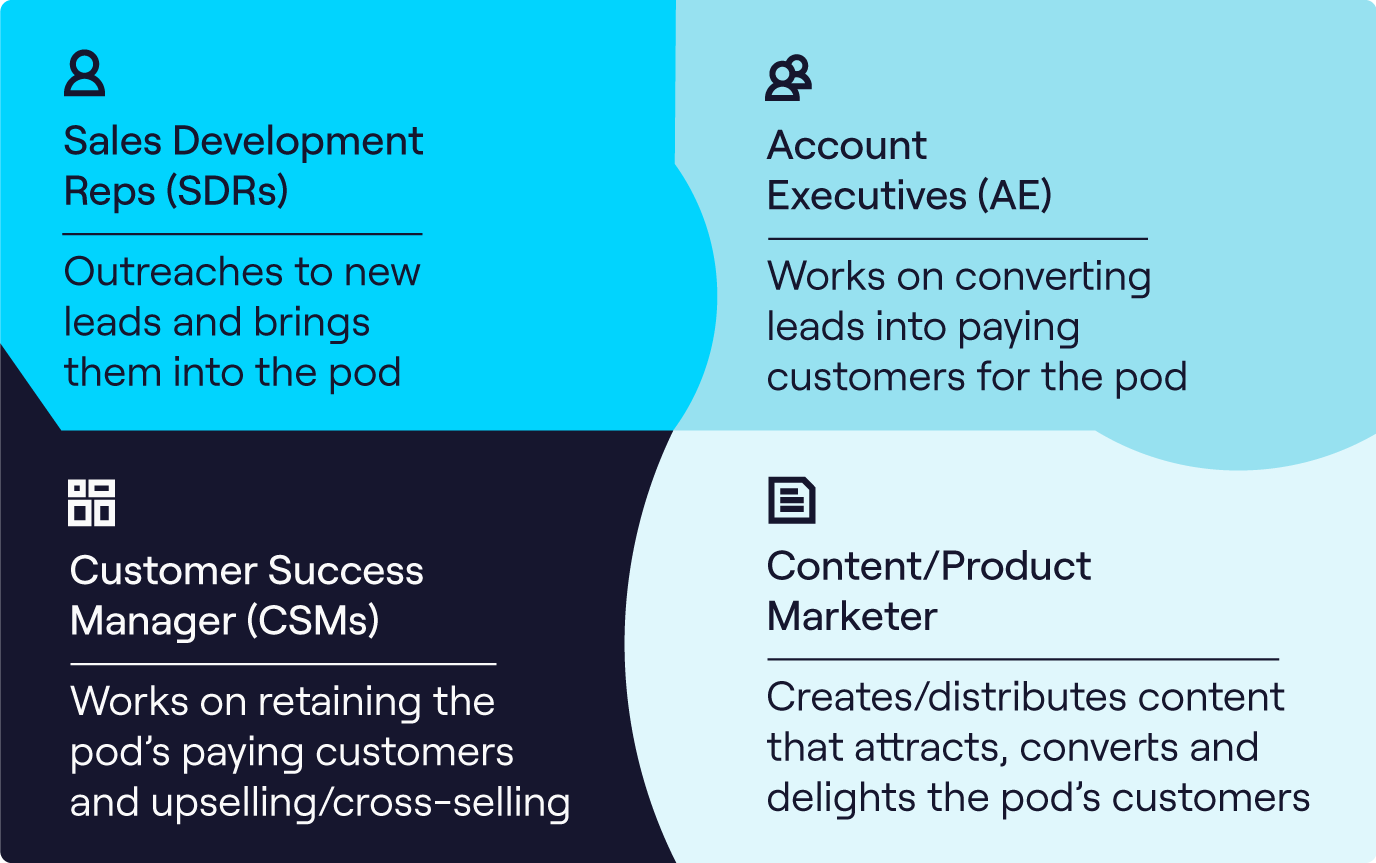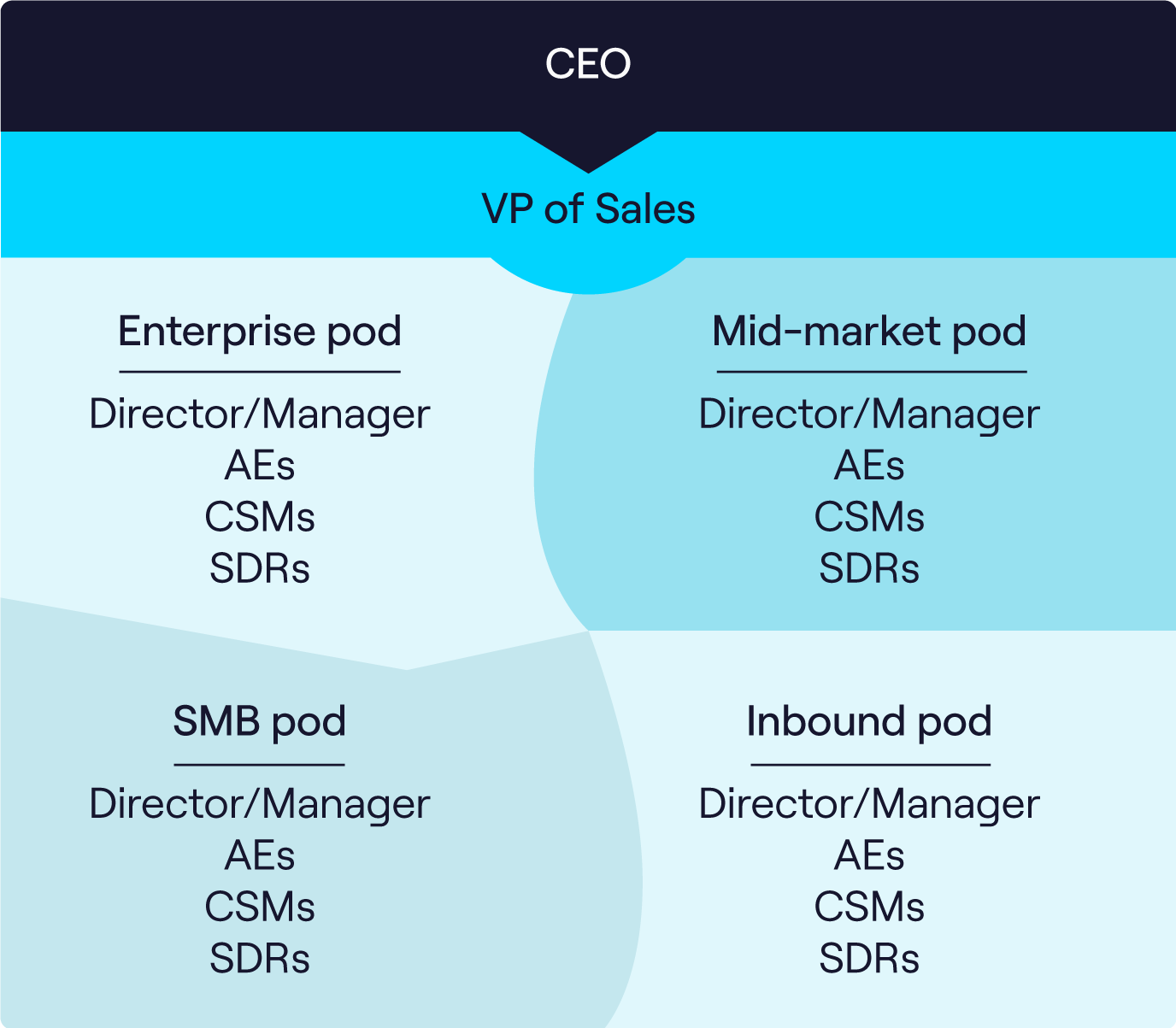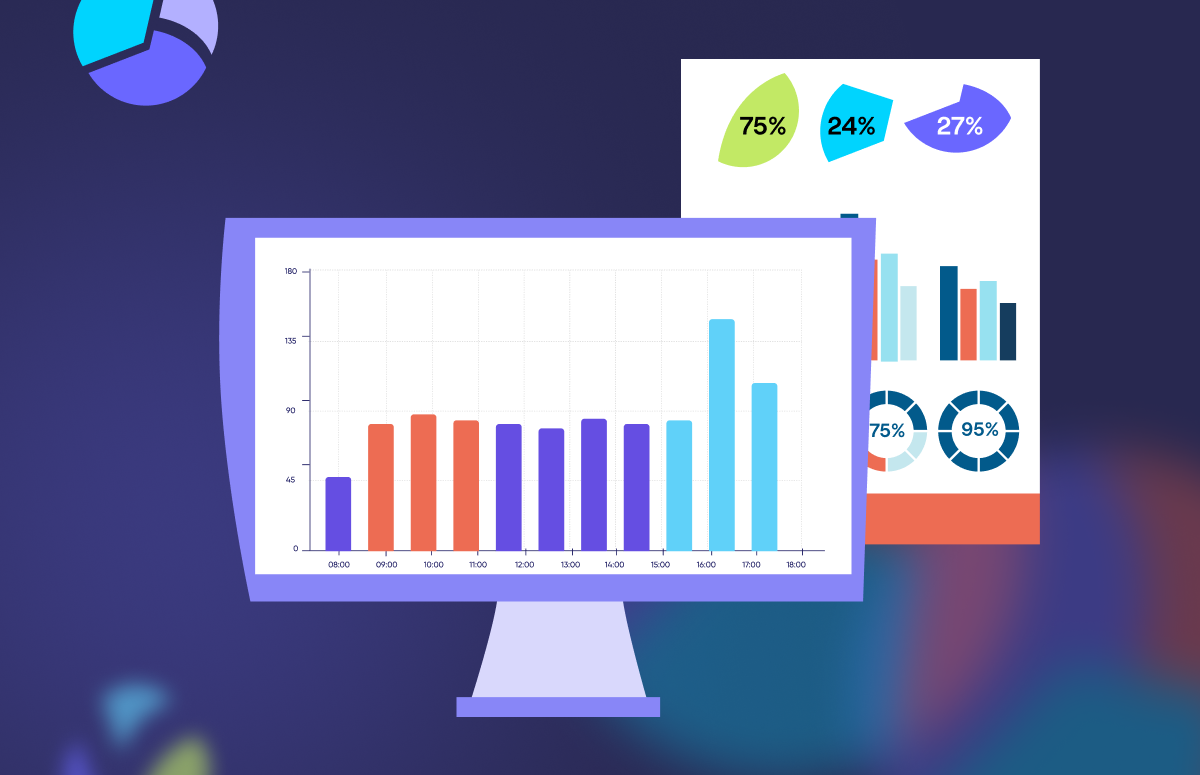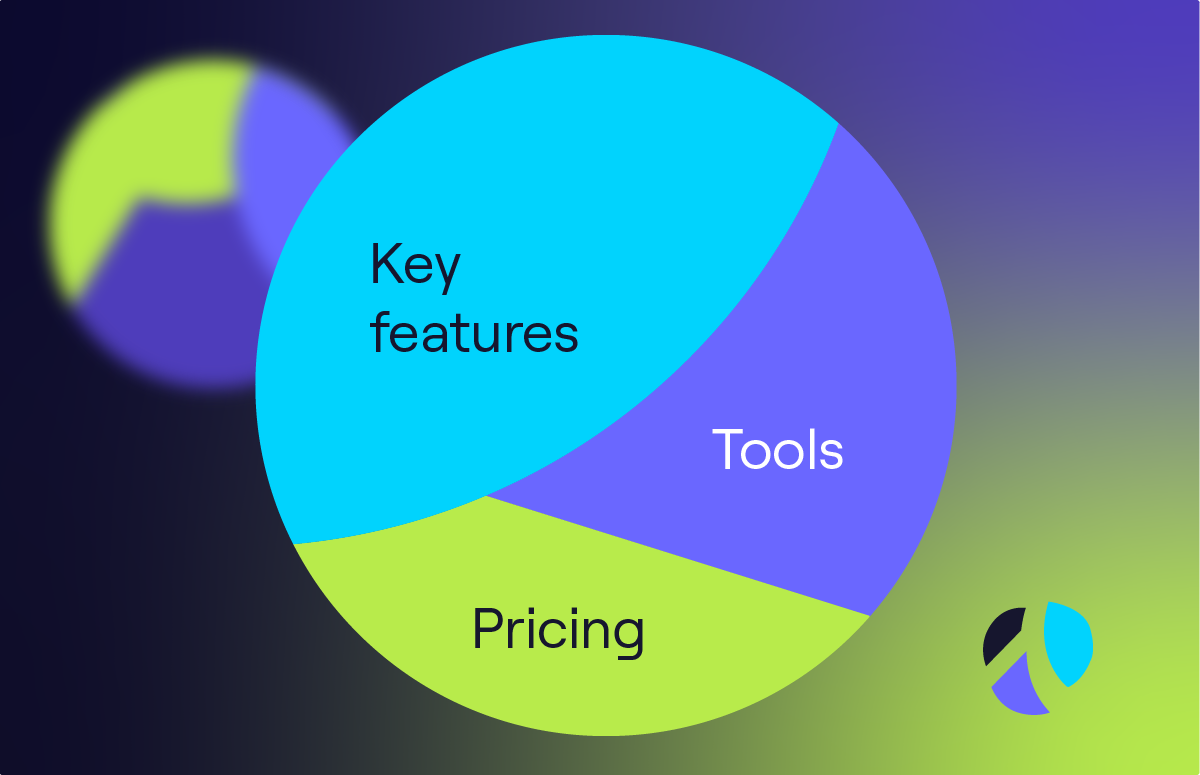The Pod: the B2B Sales Team of the Future
Want to know everything there is to know about the sales pod?
Then you’ve come to the right place! In this blog, we’ll cover:
- What the sales pod is and its benefits.
- How to implement the sales pod at your company.
- How to track a pod’s success.
Scroll 👇 or use the menu to jump to a section.
Why did Cognism implement the sales pod?
Before we switched to the pod model as a way of structuring our B2B sales team, we used the assembly line model. It looked like this:

And it worked like this:
- The SDRs generated leads and qualified them.
- They then passed those leads onto the AEs, who conducted demos and closed deals.
- Once closed, the new customers were passed onto the CSMs, who took over the account’s day-to-day management.
This model worked well for us when we were scaling, for a number of reasons:
- It’s predictable - if you know how much revenue you want to generate every month, it’s easy to work backwards and calculate how many SDRs, AEs and CSMs you’ll need to hit that target.
- It’s good for optimisation - you can quickly spot any problems in the funnel and swoop in to correct them (e.g.: if there’s a slowdown in new prospects entering the sales funnel, you can bring in new training for your SDRs).
- It’s efficient - by dividing your team into separate roles, they quickly become proficient at their roles - meaning that the overall process runs more smoothly.
There’s no doubt, the assembly line structure worked well for us. But we had to ask ourselves: was this model really right for us going forward?
Cognism is a company that’s gained significant traction in the marketplace; we’ve now got over 3k customers worldwide and a growing global team.
That’s when we decided to experiment with a new model. Some say it’s the sales team structure of the future.
Find out everything we’ve learned about the sales pod by scrolling 👇
What is the sales pod?
The pod model for B2B SaaS sales is based on a question:
“What if sales, CS and marketing all work together to attract, convert and delight customers?”
It aims to demolish the silos that traditionally build up around the three departments. It does this by bringing them together in groups.
So instead of having separate sales, marketing and CS teams, you have smaller clusters or pods that contain specialists from each.
This is what the sales pod looks like:

The individual roles didn’t change too much from the assembly line model.
The SDR still cold calls and qualifies; the AE still runs demos and negotiates with prospects. The CSM still onboards new clients and manages their accounts.
It’s about how they all work together in prospecting, converting and managing customers. The pod’s goal is to make every buyer’s journey, from their first touchpoint with the SDR all the way to onboarding and beyond, as smooth as possible. It’s a truly customer-centric sales model.
Sales pods can be grouped together in any way that makes sense for your business. You could group them together by vertical, industry or territory. You could have pods that target enterprise companies or pods that target the USA or EMEA. You could have a pod that sells one specific product in your suite.
But - and this is the most important thing - however you group your pods, they must be solely focused on selling to one audience.
That’s where the real benefit of the sales pod comes in.
What are the benefits of the sales pod?
When used correctly, the sales pod can be a huge asset to your organisation.
We identified the following advantages during our experiment:
1. It creates a seamless customer experience
In the assembly line model, the prospect is constantly being handed over to someone in a completely different department. These departments all have separate objectives and are measured in different ways.
Not so in the sales pod. The pod shares lead generation KPIs and targets. Therefore, as a whole, the pod is focused on the following tasks:
- Identifying new customers.
- Signing new customers.
- Keeping them happy after they’ve signed.
And the better experience you can give your prospects, the greater chance there is of them signing (and re-signing) with your company.
2. It eliminates competition and division
It can happen so often in outbound sales.
SDRs competing with their teammates, AEs competing with theirs, sales and marketing at loggerheads over who to target, sales wondering why CS let high-quality, hard-won customers churn…
One of the big drawbacks of the assembly line model is the competition and division it can create. Every department operates independently, not knowing of the pressures each other is under.
Sales pods remove this conflict instantaneously. You have SDRs, AEs, CSMs and marketers all in the same team, all aware of each other’s role, all striving to improve together.
Literally one team, one dream.
3. It empowers your team to be experts
When you arrange your revenue team into pods, you’ll notice something.
The pod members will very quickly become experts in their field.
Let’s say you have a pod selling to enterprise companies. It’s well-known that prospecting into large businesses can be a challenge. There are usually multiple decision-makers involved and longer than average sales cycles.
But if the pod’s one goal is to sell to enterprise, and they work at it continuously, they’ll soon be regularly closing deals.
They’ll know the industry inside-out. They’ll know all the pain points and objections and how to soothe them. And crucially, they’ll be talking to each other every day, implementing new and better sales strategies.
4. It establishes powerful feedback loops
The sales pod is excellent for testing and optimising - both inside a pod and outside.
Inside the pod, your salespeople, marketers and CSMs will be constantly communicating and collaborating. They’ll be sharing ideas, new approaches and ways of working.
For example - an SDR can feedback on the messaging that works in his/her pitches, allowing the marketer to create better, more targeted content.
Or the CSM can report on why certain customers have churned, giving the AE a better idea of the objections he/she will have to resolve at the demo stage.
You can also have feedback loops between pods. If one pod comes up with an innovative strategy that produces good results, you could roll out that strategy to every other pod.
If you wanted to take it a step further, you could use pods for A/B testing. Two pods, both selling into the same market, but both following a different strategy.
Which pod performs better?
It’s likely that individual performance will improve as well. SDRs usually benefit a great deal when they work closely with AEs; it creates a natural mentor-mentee relationship between the two.
What’s needed to make pods work?
One thing we’ll say is - don’t think you can just split your team into pods and they’ll start working straight away.
As with every other sales team structure, you’ll need things in place to support your pods, otherwise they’ll fail.
Think about the following:
1. Process
The basics of sales, things like prospecting best practices, pipeline management and reporting, still apply to pods.
Make sure you’ve got a strong sales process in place - preferably in the form of a written playbook you can share with the team.
2. Tech
Your pods will need every marketing and sales tool your company has.
However, it’s best that your tech stacks are as integrated as possible. Run an audit of your tech before you switch to the pod model; be on the lookout for opportunities to simplify your stack.
3. Content
Your pods will most likely be targeting specific sectors/geographies. Therefore, each pod will need its own content, optimised for that ICP.
The pod’s marketer can create and distribute the content, but every member of the pod must have input. Prioritise this when setting up your pods.
4. Training
Learning and development must be a mainstay in your sales pods. Every pod should schedule:
- Daily standups to run through and align on team goals.
- Weekly meetings to report on results and recommend optimisations.
One thing to note - if training is required in a pod, it will have to be highly personalised to the pod members. Tactics for closing enterprise prospects will have zero relevance if the pod is focused on SMBs, for example.
If possible, bring in outside experts to coach your pods.
5. Management
As autonomous as sales pods can be, they still need guidance and encouragement.
A revenue team can rise or fall depending on its leadership.
Much like the pods themselves, management can be arranged in whatever form suits your company. You could have pod leaders - normally a senior salesperson or marketer - directing individual pods.
Or you could group pods together in larger batches, overseen by a sales or revenue leader. Here’s an example based on Cognism’s sales team structure.

How to measure the success of the sales pod
The metrics and KPIs for pods aren’t any different from the usual B2B sales metrics.
What’s different is how they’re measured.
You can still have individual KPIs for all the pod members, but you can also put in KPIs for the pod as a whole. That way, the group will be much more invested in its success. The pod owns targets and helps each other to achieve them collectively.
Compensation schemes can likewise be organised for both individuals and pods. The SDR can still be compensated for booking in X number of meetings per month, but there can also be compensation opportunities for the whole pod, according to the volume of new clients they bring in.
Beyond metrics, the issue of company culture is also crucial.
Take it from us, if you haven’t already got an inclusive, collaborative culture at your business, then the sales pod won’t work for you.
Lay the groundwork first by arranging regular “show and tell” sessions between your teams. Get sales, marketing and CS to be comfortable with each other and familiar with the work they all do.
Then you can launch a pilot pod scheme. Set up one or two pods and track how they perform.
And so you’ve reached the end of our deep dive into sales pods! We hope you found it useful.
Before you go, be sure to check out our other great sales content on LinkedIn 👇



